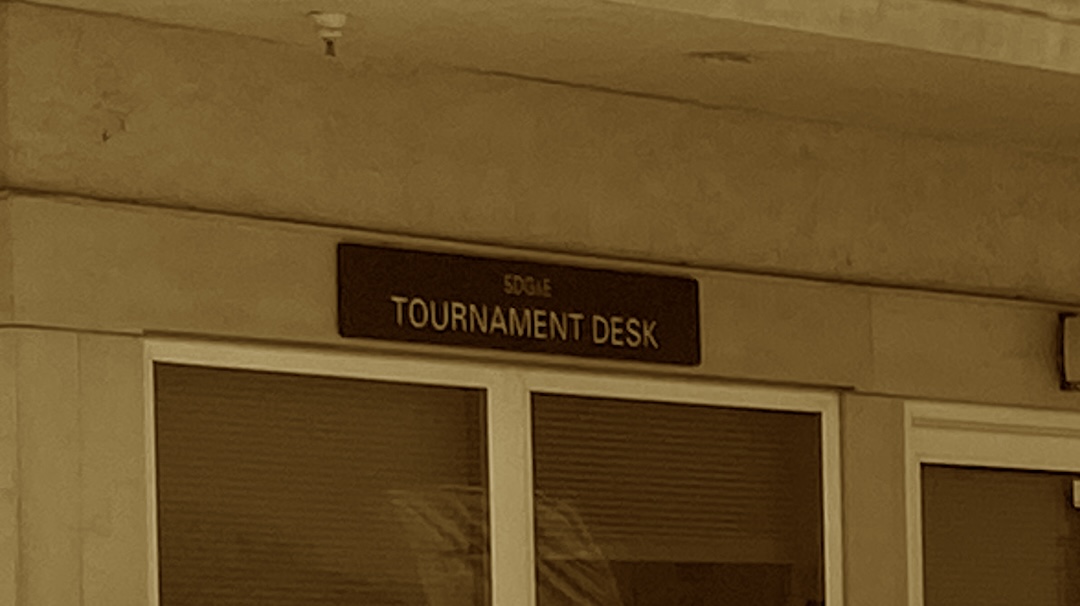Fiend at Court Unplugged
I am picking back up on the thread I started in “Mowing the Grassroots of the USTA House.” I have been closely examining the relationship that starts at the USTA National office and runs through the individual USTA sections, the local USTA Community Tennis Associations (CTAs), to the local league players.
From Warren Kimball’s Raising the Game USTA history book, it is apparent that USTA League tennis blossomed despite an absence of attention from the USTA National office. As I examine the rules and regulations of league play, I am doing so with the understanding that the popularity of leagues preceded the national structure and regulation. I think that is critical to understanding the relationships.
USTA league residency rules are one area where I think there is evidence of the national framework for league play being structured around what already existed at the sectional and local levels. As an example, the last sentence of the USTA National league residency requirements is as follows:
Sections may create residency requirement rules to encourage and foster local league play.
2020 USTA League Regulations, 1.04E(1)
Let’s consider the possible reasons that this clause was appended to the residency section. If the USTA National league framework been created before the actual leagues were widely in existence, this would simply be a case of tremendous foresight to realize that the sections might have a future desire or need to create additional residency requirements. The documented history of the USTA shows that it didn’t happen that way.
A more likely possibility is that there was one or more instances local residency rules already established at the sectional or CTA level. One option for USTA National would be to abolish those deviations. That would potentially alienate some portion of the existing leagues and players. Another option would be to add a clause indicating that the deviations were allowed. This is the most plausible explanation to me at this point in time.
I realize that there is a lot of speculation involved in reading those tea leaves. I am actively working on locating artifacts from the USTA archives that will further illuminate the hard data points required to eliminate as many points of speculation as possible.
Pushing aside the “why” for now, I want to shift back to the “what.” Specifically, what do residency requirements look like at the local level. As it turns out, my home section of Texas has a great example of a local section residency restriction. It is lucky number #13 within the USTA Texas Section league operating procedures.
A team may have only one player from outside the 50 mile radius of the center of a large city, Fort Worth, Dallas, San Antonio, Austin and Houston. Teams from all other cities can have a maximum of two players from outside the 50 mile radius of the center of the city. If a player does not have the specific league in one of our designated areas, (i.e. Abilene, Amarillo, Austin), he/she can play in another city without it counting as part of the out of city maximum.
2020 Operating Procedures USTA Texas Section Tennis Leagues, Item #13.
It’s going to take a minute to fully break down that rule. For now, this is the reason that Texas is full of these curious little 50 mile radius crop circles of tennis players.
- Kimball, Warren F. (2017) The United States Tennis Association: Raising the Game, University of Nebraska Press, Lincoln, Nebraska.
- 2020 USTA League Regulations, https://www.usta.com/content/dam/usta/pdfs/190517_2020_National_Regulations.pdf
- 2020 Operating Procedures USTA Texas Section Tennis Leagues, https://www.usta.com/content/dam/usta/sections/texas/pdf/2020_League_Operating_Procedures.pdf



